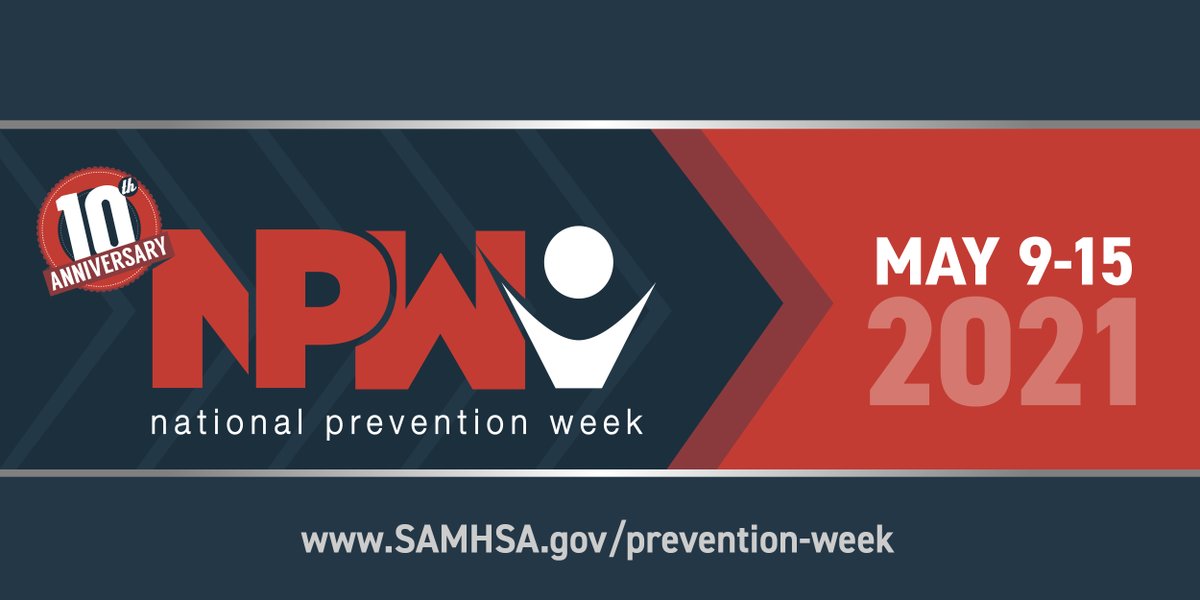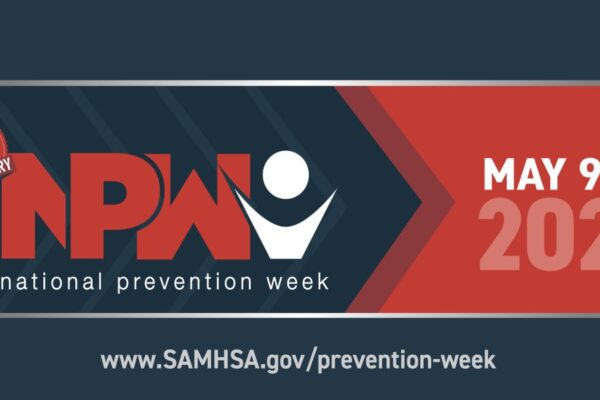
By Anita Everett M.D. DFAPA, Director, Center for Mental Health Services
988: The New National Suicide Prevention Lifeline Number
The past several years have marked several groundbreaking developments with respect to the National Suicide Prevention Lifeline (1-800-273-TALK). In fiscal year (FY) 2001, SAMHSA awarded a competitive, discretionary grant to establish a network of crisis centers that would respond to crisis calls from their local communities, to ensure those crisis center counselors were trained, and that all crisis centers in the network met standards for accreditation. A single national number was established, which in 2005 became the National Suicide Prevention Lifeline (Lifeline; 800-273-8255 (TALK)). The Lifeline answered more than 2.1 million calls and 234,671 chats in FY 2020.
The vision of the advocates who supported the effort to establish a three-digit national suicide prevention number was that a three-digit number would be more easily remembered and more likely to be utilized in a crisis, both because a 3-digit number is more likely to be encoded and retained, and also because individuals are more likely to struggle with information recall during times of emotional distress.
In 2018, Congress passed and the President signed into law, the National Suicide Hotline Improvement Act in which SAMHSA and the Veterans Administration were called upon to report to the Federal Communications Commission (FCC) regarding the effectiveness of the existing National Suicide Prevention Lifeline and the potential value of a three digit number being designated as the new national suicide prevention number. The FCC subsequently recommended to Congress that the number 988 be designated as the new national suicide prevention number. On July 16, 2020, the FCC issued a final order designating 988 as the new NSPL and Veterans Crisis Line (VCL) number. This order gave telecom providers until July 16, 2022 to make every land line, cell phone, and every voice-over internet device in the United States capable of using the number 988 to reach the Lifeline’s existing telephony structure. On October 17, 2020, the National Suicide Hotline Designation Act of 2020 was signed into law, incorporating 988 into statute as the new Lifeline and VCL phone number.
Why 988 Is Important:
- More people in suicidal and mental health crisis will be helped. Sources of increased contacts (calls, chats, and texts) include baseline contact volume, new contact volume, and contacts diverted from 911 and other crisis hotlines.
- Those in crisis will be more likely to receive help from those most qualified to provide support.
- More effective triage means less burden on emergency medical services, emergency departments, law enforcement, etc. so that their agencies can be appropriately focused their limited resources on those areas for which they are best trained.
- The attention the transition to 988 has brought to crisis services has led to an opportunity for states to reimagine their crisis service provision, and to ensure adequate financing of 1) mobile crisis services, 2) crisis center hubs and 3) crisis stabilization services.
While the FCC ruling requiring activation of 988 by July 2022 is a critical and groundbreaking step in realizing the vision of a nation with easier access to suicide prevention and crisis intervention services, there must be sufficient local crisis center capacity to answer this projected significant increase in contact volume, and for these contacts to be answered rapidly and effectively.
In order to address this need for increased capacity, a number of states already have pending 988 legislation at this time, with 2 states—Utah, and Virginia —having already signed 988 legislation into law. The following states have introduced 988 legislation: Oregon, California, Colorado, Idaho, Kansas, Kentucky, Massachusetts, Nebraska, New York, New Jersey, Rhode Island, and Wisconsin, and the following four states have already passed 988 legislation: Alabama, Indiana, Nevada, and Washington. In addition, 988 legislation is expected to materialize in Arkansas, Pennsylvania, and South Carolina.
Mental Health Block Grant Crisis Set-Aside
A FY 2021 funding measure directed SAMHSA to implement a 5 percent crisis set-aside within its Mental Health Block Grant program. According to the House Appropriations Committee report, “the Committee directs a new five percent set-aside of the total for evidence-based crisis care programs addressing the needs of individuals with serious mental illnesses and children with serious mental and emotional disturbances…The Committee directs SAMHSA to use the set-aside to fund, at the discretion of eligible States and Territories, some or all of a set of core crisis care elements including: centrally deployed 24/7 mobile crisis units, short-term residential crisis stabilization beds, evidence-based protocols for delivering services to individuals with suicide risk, and regional or State-wide crisis call centers coordinating in real time” (House Appropriation Committee Report, 2020).
Surgeon General’s Call to Action to Implement the National Strategy for Suicide Prevention
In 2001, the U.S. Surgeon General published the National Strategy for Suicide Prevention (NSSP), the intention of which was to outline a comprehensive strategy for reducing the suicide rate in the United States. The National Strategy was revised in 2012 by the National Action Alliance for Suicide Prevention (NAASP), a public-private partnership (its Executive Secretariat is SAMHSA-funded) devoted to the implementation of the National Strategy and to the reduction of suicide. Subsequent to recognition that while significant progress had been made in implementing many elements of the NSSP, implementation progress was relatively lacking in other areas, SAMHSA, the NAASP, and the Office of the Surgeon General published the Surgeon General's Call to Action to Implement the National Strategy for Suicide Prevention (2020).
The Call to Action recommends action in each of the following areas:
- Action 1: Activate a Broad-Based Public Health Response to Suicide
- Action 2: Address Upstream Factors that Impact Suicide
- Action 3. Ensure Lethal Means Safety
- Action 4. Support Adoption of Evidence-Based Care for Suicide Risk
- Action 5. Enhance Crisis Care and Care Transitions
- Action 6. Improve the Quality, Timeliness, and Use of Suicide-Related Data
Read the complete Call to Action report.
COVID-19 Suicide Prevention Funding
On top of their FY 2020 grant portfolio, the SAMHSA’s Center for Mental Health Services’ Suicide Prevention Branch funded an additional 53 grants in FY 2020, specifically in response to the COVID-19 pandemic, as follows:
- COVID-19 Emergency Response for Suicide Prevention (Short Title: COVID-19 ERSP) grants: 50 awards, $40,000,000
- Suicide Prevention Lifeline Crisis Center Follow-Up Expansion Grant Program: 3 awards, $3,000,000
- Networking, Certifying, and Training Suicide Prevention Lifelines and Disaster Distress Helpline: 1 supplemental award, $7,000,000
